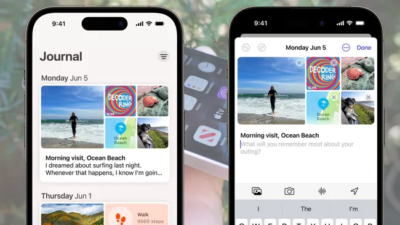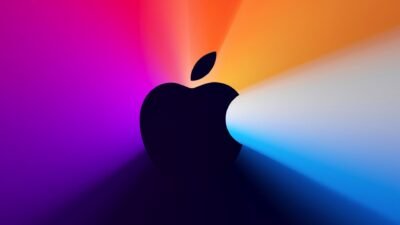36 vulnerabilities and security flaws found in LTE 4G

Specialists have found an accumulation of security flaws in the Long-Term Evolution (LTE) standard, which could enable an aggressor to send spoof messages and intercept data traffic.
A group with the Korea Advanced Institute of Science and Technology Constitution (KAIST) have found 51 vulnerabilities with the 4G standard, including 15 known issues and 36 already unfamiliar security flaws.
They found this arrangement of security flaws utilizing a code-testing system known as ‘fuzzing’. The KAIST specialists utilized an apparatus named ‘LTEFuzz’ to feed a lot of irregular information into recognized procedures to test them for potential oddities.
The vulnerabilities uncovered range an expansive range, fluctuating in nature and seriousness. They extend from a defect that could enable an assailant to disconnect a victim from their mobile system to one that allows the listening stealthily and control of data correspondences.
Tests were directed over a few gadgets on two prominent mobile system administrators. The KAIST team was intrigued by the fact that on the same operator, two core networking components from different vendors could present different vulnerabilities. The same was also true for two components from a single vendor, but deployed across different operators.
The full rundown of vulnerabilities found can be found at the foot of the group’s 16-page report, which they are intending to introduce freely at the IEEE Symposium on Security and Privacy in May.
“LTEFuzz successfully identified 15 previously disclosed vulnerabilities and 36 new vulnerabilities in design and implementation among the different carriers and device vendors,” the researchers noted.
“The findings were categorized into five vulnerability types. We also demonstrated several attacks that can be used for denying various LTE services, sending phishing messages, and eavesdropping/manipulating data traffic.”
LTE is a networking administration standard that offers somewhat slower speeds than ‘genuine 4G’, yet is generally utilized by system administrators and promoted as 4G. In any case, as the promotion behind 5G keeps on picking up force in 2019, specialists have been finding a progression of defects in the conventions that support the cutting edge innovation.
Read this Apple acknowledges that its butterfly keyboards is having issues
Image via Cable Free
RS News or Research Snipers focuses on technology news with a special focus on mobile technology, tech companies, and the latest trends in the technology industry. RS news has vast experience in covering the latest stories in technology.












